BIHAR
Bihar is a state in East India, bordering Nepal. It is divided by the
River Ganges, which floods its fertile plains. Important Buddhist pilgrimage sites include the Bodhi
Tree in Bodhgaya's Mahabodhi Temple, under which the Buddha allegedly meditated. In the state
capital Patna, Mahavir Mandir temple is revered by Hindus, while Sikhs worship at the domed,
riverside Gurdwara of Takht Sri Harmandir Sahib Ji.
The name Bihar is a derivative from Vihara, which means 'monastery'. True to its name and its rich
cultural heritage, the state houses various monasteries and it is famous for monuments belonging to
various religions. The major empires of India rose to great heights here and they succumbed here as
well.
Top places to visit:
1. Gaya
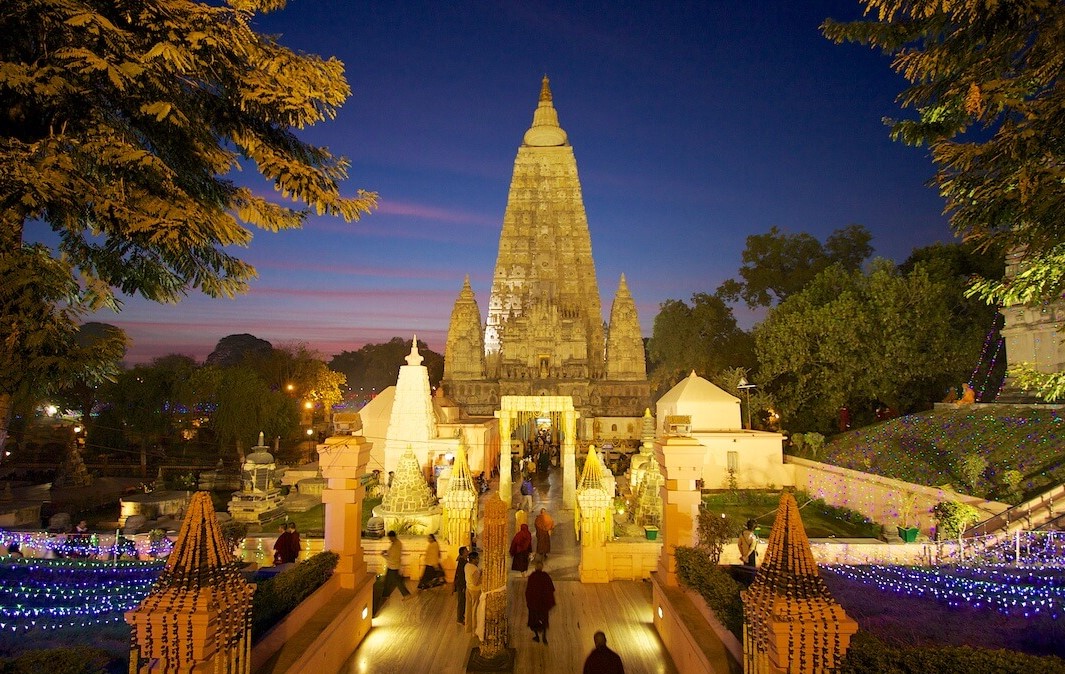
Amongst the most famous places in Bihar is Gaya, which is a Hindu pilgrimage hub and a transit point for Buddhist pilgrimage centre of Bodhgaya. It is believed that it was here under the tree that Buddha attained enlightenment. Gaya is a busy city situated on the bank of River Phalgu and it is replete with many temples and historic sites dating back to different eras that stand as the evidence to the successful rule of Maurya and Gupta dynasty here. The glory of Gaya was extended so much so that even Hiuen Tsang could not resist mentioning it in his travelogues.
2. Nalanda
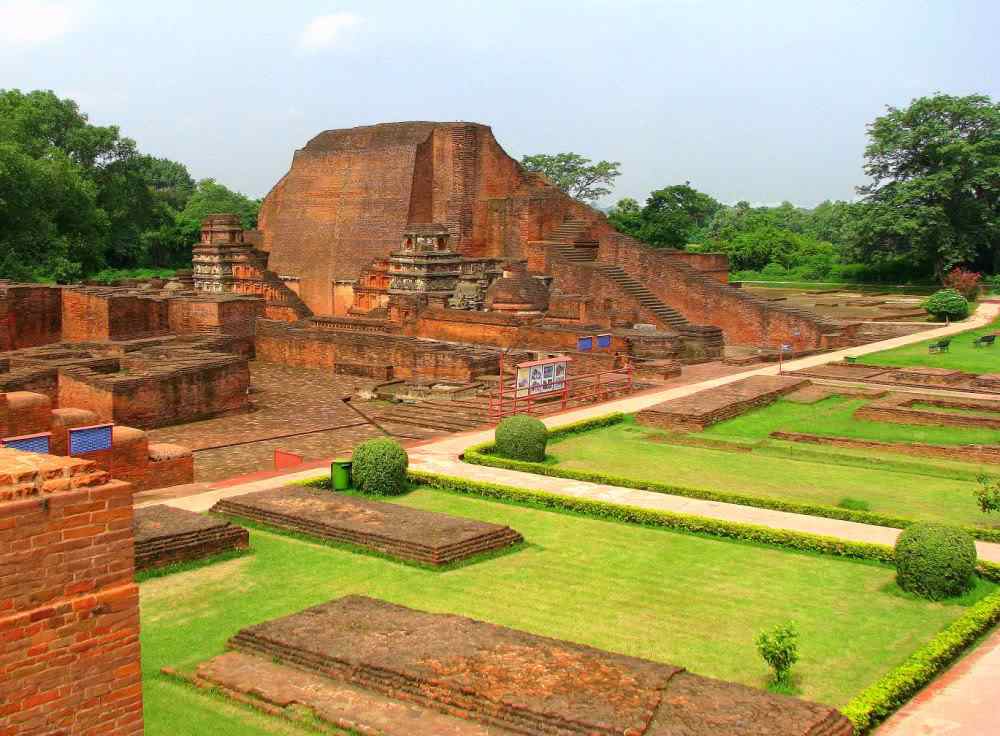
The oldest university in the world, Nalanda is an important site to visit in Bihar. A perfect reminisce to the time of flourishing Gupta and Pala period, Nalanda is an acclaimed tourist attraction in Bihar. It is believed that the last and most famous Jain Tirthankara, Mahavira spent 14 monsoon seasons here. Even, Buddha is said to have delivered lectures near the mango grove in Nalanda. The fame of this education centre was to an extent that Hieun Tsang, the famous Chinese traveller visited here and stayed for atleast two years here. Even, I-tsing another famous Chinese voyager stayed at Nalanda for about 10 years, AND such was the glory of this place. Today most parts of Nalanda lie in ruins but the place is surely worth exploring!
3. Munger
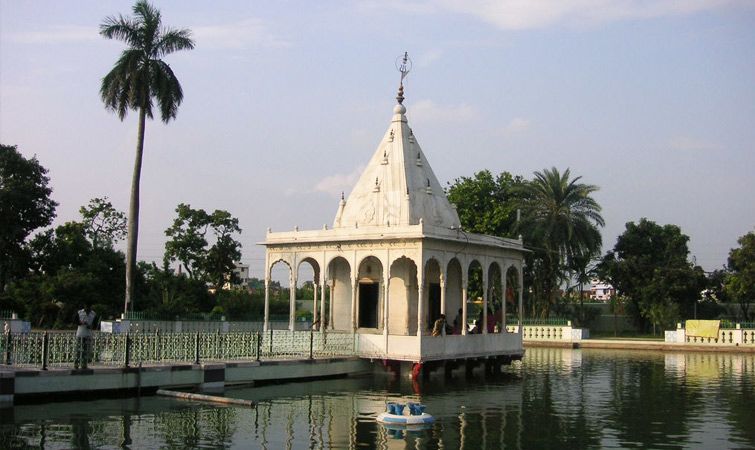
Dubbed as the seat of Bihar School of Yoga, Munger is yet another place that is popular amongst the tourists in Bihar. The history of Munger dates back to Aryans, who called Munger the ‘Midland’ for their settlement. For yoga buffs, Munger is not an unknown name, thus we can expect a large foreign crowd thronging this place. The present day Munger is a twin city, which comprises of Munger and Jamalpur. Reckoned to be one of the oldest cities of Bihar, Munger was once the capital of Mir Kasim before it fell into the hands of British. The place has several historic relics that further add to the charm here.
4. Vaishali
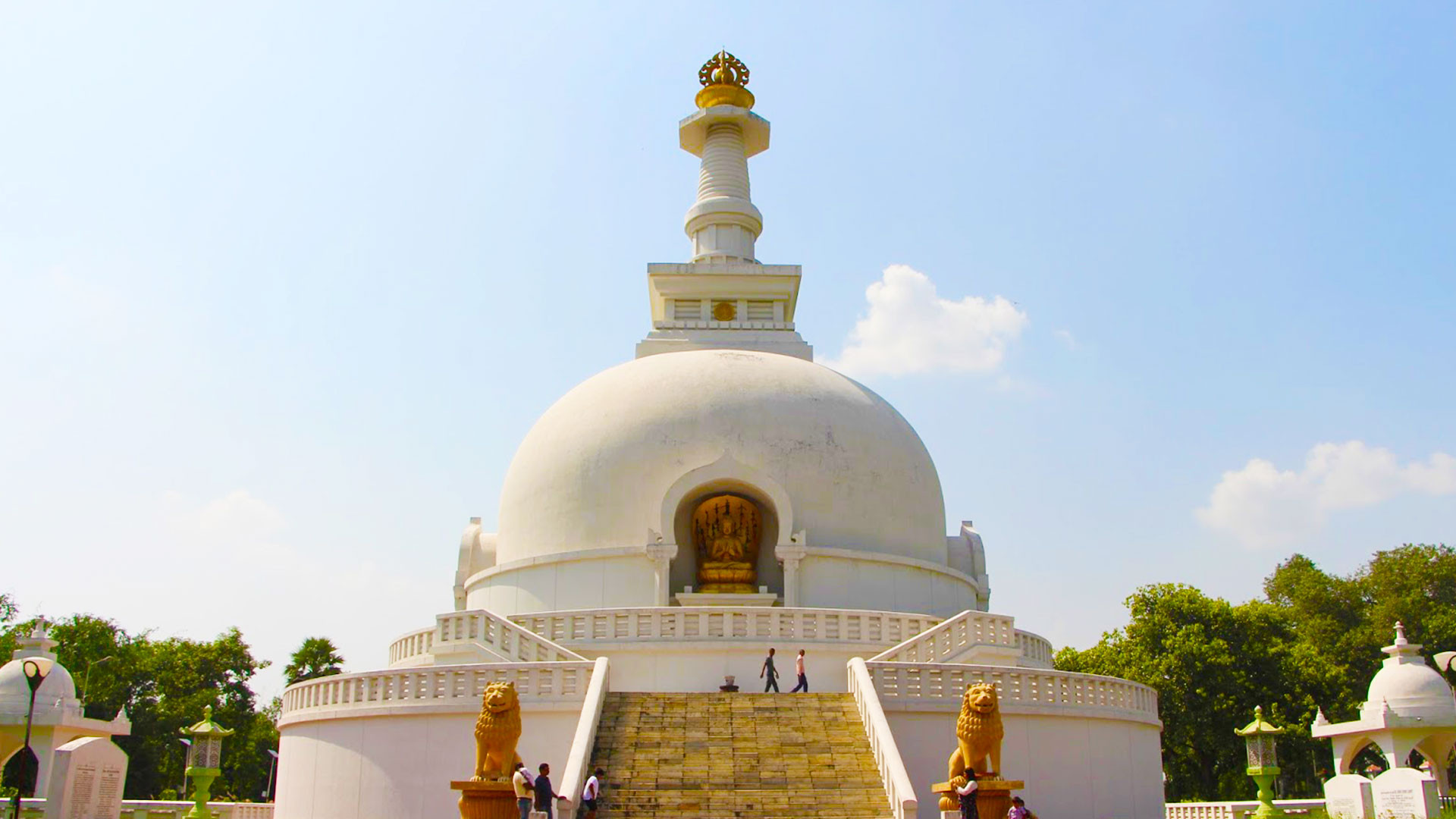
Vaishali is an important archaeological site that was once the capital city of Licchavi rulers. Vaishali earned fame as a birthplace of last Jain Tirthankar Lord Mahavira. It is believed that Mahavira was born and brought up in 6th century BCE in Kundalagram of Republic of Vaishali. Another major event this place was a witness to was the last sermon of Buddha in 483 BCE. Vaishali was a prosperous kingdom during the time of Buddha, it is also known for its beautiful courtesan Amrapali. So, you see, one has enough to recall in Vaishali and adding to its historic charm is the well-preserved Ashokan Pillar. This ancient city finds mention in the travel accounts of eminent Chinese travellers like Fa-hien and Hieun Tsang.
5. Madhubani
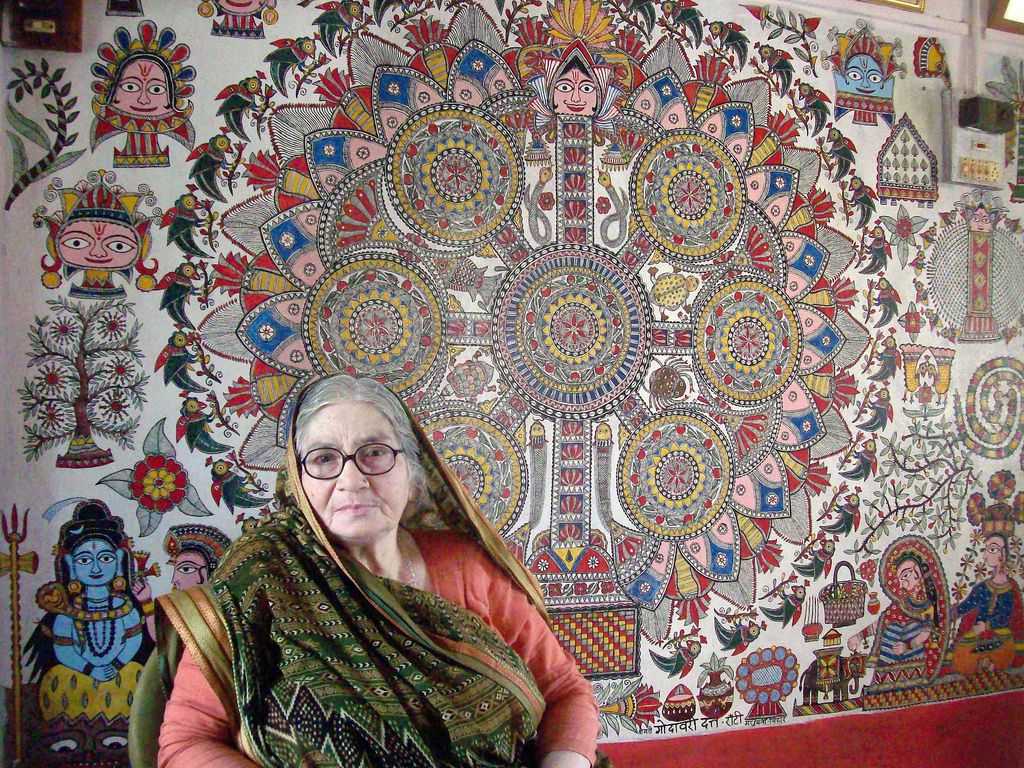
Madhubani town is located in the district with the same name in Bihar. The name of the town Madhubani means ‘Forest of Money’ and the same can be found in abundance over here. Madhubani is popular for its beautiful villages and their ancient art, which is known by the name of Madhubani painting. The town of Madhubani has also been the centre of ‘Maithili’ culture. Madhubani art dates back to several hundred years and was first commissioned by King Janak at the wedding ceremony of his daughter with Lord Rama. Traditionally, Madhubani art was practised only by Madhubani women on mud walls, but now it is practised on cotton textiles, canvas and handmade paper as well. The themes used in Madhubani paintings mostly include Hindu goddesses, gods and nature. The attractions present here include the temple dedicated to Lord Shiva.
6. Barabar Caves

Barabar Caves claim to be the oldest rock-cut caves in India. Dating back to Mauryan Empire, these majestic caves are certainly one of the best places to see in Bihar. Situated on twin hills – Barabar and Nagarjuni, the caves are said to be used by Ajivika sect, however, many traces of Buddhist and Jain art can be found here. Barabar Hills consists of 4 caves, whereas Nagarjuni Hills have 3 caves, each of the cave are well-polished and have articulate designs and inscriptions over its walls and ceilings.
